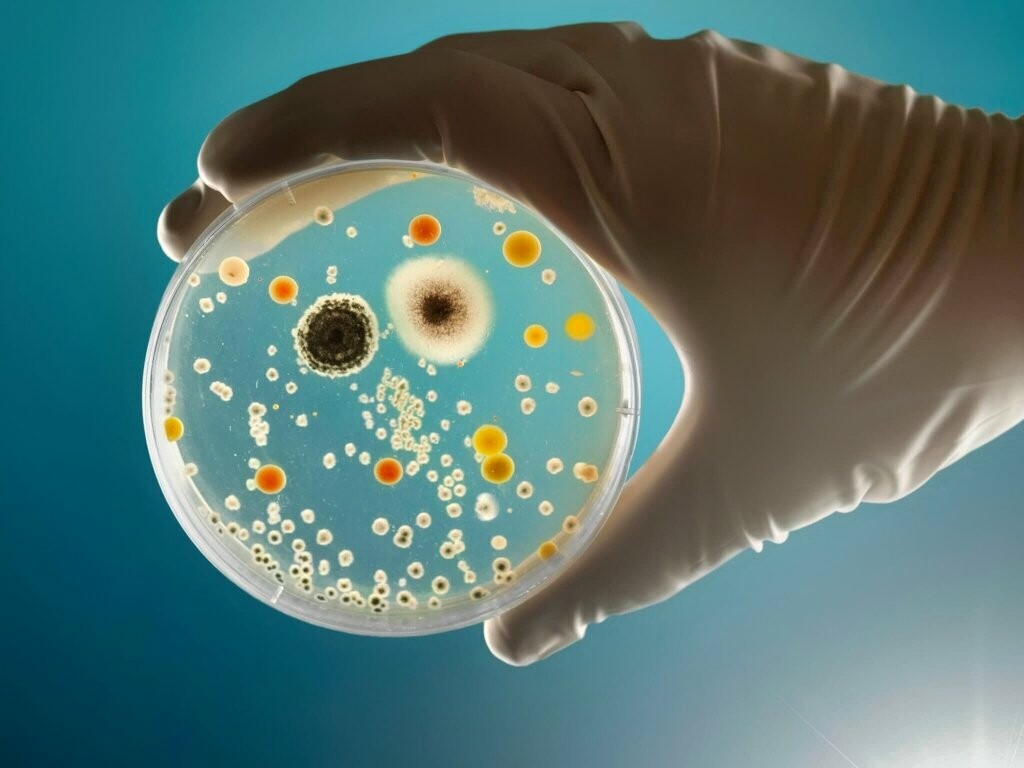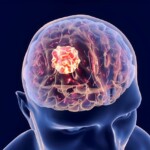There are four main types of germs: bacteria, viruses, fungi and protozoa. They can invade plants, animals and people and sometimes cause disease. Bacteria are tiny single-celled creatures that get their nutrients from the environment to survive.
The germs and viruses according to Biodescodifición
We cannot start talking about germs without mentioning Dr. Hamer’s great work on germs. He showed us that each embryonic leaf has its specific germs to set in motion at the time of the healing or reparative phase.
RELATIONSHIP BETWEEN BRAIN=EMBRYONIC LEAF=MICROBES
- ENDODERM: mycobacterium and fungi
- MESODERMUS: mycobacterium and bacteria
- ECTODERMUS: viruses and bacteria
Fungi and bacteria
They are believed to be the oldest microbes and work only in tumors governed by the brain stem and endoderm organs. Viruses work exclusively in ulcers governed by the cerebral cortex of ectodermal organs, such as stomach ulcers.
Bacteria work partially, both in tumors governed by the cerebellum of mesoderm organs, as well as those governed by the white matter in which there is cellular decrease, such as necrosis in mesoderm organs, where they help in the reconstitution of cells for example in bones.
All microbes, without exception, work in the second phase
The healing-repair phase is neither before nor after.
After healing these agents become germs without risk. They are more or less specific specialists not only concerning the organs in which they work but also for how they work.
The bacteria work as garbage collectors in the organs governed by the brain and as re-builders in the organs governed by the white matter (mesoderm).
Viruses are pure re-builders and restitutors. They cause severe swelling and fill the deficit of cellular substance in ulcerative processes of ectodermal organs. Fungi are like garbage collectors of the organism, they eliminate the remains of the organism.
The word microbe has a Greek etymology, micro = small, bios = life. Microbes are small lives.
Pasteur
Pasteur discovered them at the beginning of the 19th century and it was Pasteur who discovered them or who had more recognition. Since Pasteur, we have given these microbes a lot of power and they have it, but not in the sense that we have given it to them.
A disease is generated from microbes, which are the cause of infectious diseases. Around this dogma, there is an extremely strong collective unconscious.
If we think that diseases come from conflicts, we say something that breaks the scheme: microbes are not the cause of the disease, but the ones that will allow the disease to be repaired.
Microbes are not against us, they are for us. They are loyal helpers through millions of years of evolution to repair and replenish.
They were programmed by the various relay centers in our brain-computer. This may be politically incorrect, however, today it has already been demonstrated how important viruses have been in the evolution of species, especially mammals.
Cell types
There are two types of cells:
- Eukaryotic: has a highly differentiated nucleus and the DNA, the chromosomal baggage, is enclosed within the nucleus.
- Prokaryotic: like bacteria, they have a cell membrane, the nucleus is not differentiated, but it is a living, autonomous being.
A virus is only DNA surrounded by a protein membrane.
A bacteria is the most abundant, adaptable and diversified form on earth. It is also the oldest form, as bacteria have been around for 5 billion years and were the only form of life for 1 billion years.
It does not have a differentiated nucleus, but possesses, like any other cell, a membrane, a cytoplasm with different organelles and the genetic material, consisting of DNA. It floats freely in the cytoplasm.
These bacteria, when they are specifically microbes, have different shapes: cocci (spherical), bacilli (rods), etc.
The metabolism of these bacteria is variable, some are anaerobic – they do not tolerate oxygen, others are aerobic – they need oxygen to live and others are facultative aerobic – they can adapt to the presence or absence of oxygen.
Bacteria classification
Classification of bacteria is based on the source of energy they use, some get their energy from organic components such as all bacteria that make hummus.
Other bacteria depend on living organisms, such as those that make up the intestinal flora. There are even bacteria that draw their energy from mineral components. Today, research is underway to find bacteria that will decompose radioactive waste.
The bacteria are found everywhere on earth. It can be said that they have launched life on earth, without them everything would be sterile. They have created the air we breathe, the protective ozone layer, hummus, coal, oil, gas and minerals. Without them, it would be impossible to live.
Each of us carries 100 billion bacteria in our gut and 1 billion on our skin. In other words, we have more bacteria than our cells. If they are so dangerous.
How is it that the human species still exist?
Today it is known that some organelles of our cells, the mitochondria, are ancient bacteria, which seem to have made a pact with eukaryotic cells. They are the powerhouse of our cells.
It is very difficult to name all the living species of these bacteria because it seems that every day a new one is discovered. Despite all this data, bacteria have a very bad reputation, although there are only a very small number of these bacteria that have been implicated in disease.
What are bacteria used for?
What are these bacteria used for in the organism?
In biodescodification, we see that bacteria intervene in the repair phase. As if an external agent were necessary to repair the tissue correctly. For example, when we see the organs that have the focus of Hamer or relay in the cortex, we see that in the stress phase, the cells are destroyed.
In the repair phase, bacteria will intervene to provide energy for this repair, because it is a matter of replacing these dead cells. Then they will multiply and energy is needed. Bacteria can intervene to clean. Bacteria are present during the repair period.
However, you have to be attentive during this period of repair, because it is a little fast to say that if you are in a period of infection, you are in repair.
If you have gone through a conflict and it is in the process of resolution, the bacteria will do their job. If you are in resolution and you have a new conflict, this new conflict is going to disrupt the repair of the old one.
Again, it can hide a period of stress caused by another conflict, which implies that there is this infection but also a stress phase.
Immune system
What role does our immune system, the antibodies, play in the repair phase? What kind of “biological life” are viruses and bacteria?
Eukaryotic cells are manufactured by our organism, capable of recognizing cells that we have not manufactured ourselves. First, I would like you to understand that there may be another hypothesis: the microbe can facilitate health through disease.
The idea we have of disease is the repair phase. Only when we have a visible symptom do we consider that we are sick.
What is the disease then: is it the appearance of the symptom, the repair phase?
The disease is the expression of conflict. Many diseases are indeed visible in the repair phase. If we consider tissues of endodermal origin, we know that in the stress phase, the organism multiplies cells and creates mass. This is where the disease can be recognized in the stress phase.
What we call colon cancer is a mass that appears in the colon and there, we are in the stress phase. What we call a wart is a mass that appears on the skin as a result of a stress phase.
In the repair phase, there will be desquamation that will help rubbing, which often makes the wart disappear, without us noticing it. For other internal diseases, the cleansing of dead cells will be done thanks to the help of other cells that are nourished by dead matter…
Transform your emotional and spiritual life with a personalized tool
Discover the power of Biodecoding combined with Kabbalah. Through your Personal Kabbalistic Tree, designed based on your name and date of birth, you’ll receive a practical guide to work on your emotions and achieve holistic well-being.





